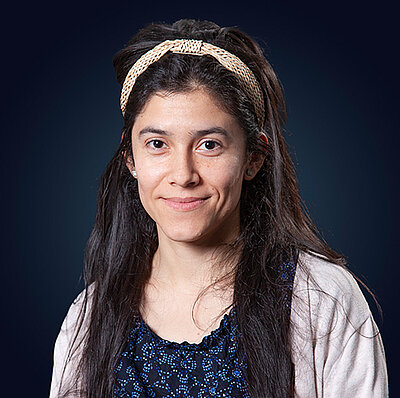MoCES – Modeling of civil engineering structures with particular attention to incomplete and uncertain measurement data by using explainable machine learning
One of the main goals of infrastructure maintenance is to make it predictive. Therefore it is necessary to do fundamental research on methods for collecting, fusing und evaluating all geometry, material, stress and aging data. Within the development of predictive maintenance concepts, the creation of digital twins becomes a key component.
The goal of this project is to develop new methods and processes of automated modeling of complex building structures. This means that a wide variety of data streams should be fused, while taking their uncertainty and incompleteness into account. The modeling will be realised on basis of machine learning methods, which will be extented by an explanatory component which enables reproducible conclusions for the object modeling and reconstruction.
The realisation of the project is planned in three steps: Data homogenisation, data fusion and modeling, which are described in Figure 1. Within the first step, methods and processes for an automated data fusion of different data streams are investigated and implemented as a demonstrator. The question arises whether it is possible to create one single machine learning based process for the data homogenisation or if individual data streams have to be combined in different smart processes. The process of data homogenisation will be supplemented by exploring methods and processes to account uncertainties and incompleteness of the data. Incomplete data has do be completed within the data fusion processes. After joining the different data streams a semantic segmentation will allow a comprehensive modeling of bridges. In this context, it should be tried to open the “black box” of deep learning approaches with the help of an explainable component.
Contact
Publications
Peer-Reviewed Journal Paper
Ferrandon Cervantes, M., Reiterer, A. Key Point Identification in Deep Learning-Based 3D Semantic Segmentation. PFG(2025). (under review)
Kellner, M., Vassilev, H., Busch, A., Blaskow, R., Ferrandon Cervantes, M., Poku-Agyemang, K. N., Schmitt, A., Weisbrich, S., Maas, H.-G., Neitzel, F., Reiterer, A., & Blankenbach, J. (2024). Scan2BIM – A Review on the Automated Creation of Semantic-Aware Geometric as-is Models of Bridges. Avn – Allgemeine Vermessungs-Nachrichten, 3, 159–181. https://doi.org/10.14627/avn.2024.3.4






